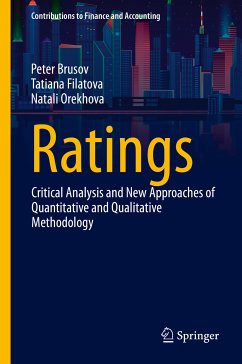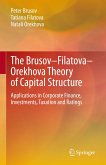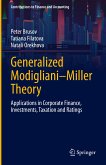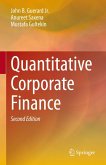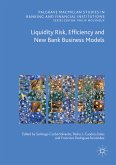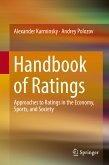It first provides a critical analysis of the methodological and systemic shortcomings of the current credit ratings of non-financial issuers and project ratings. In order to increase the objectivity and accuracy of rating assessments, it then modifies the BFO theory for companies of arbitrary age as well as and the perpetuity limit (Modigliani-Miller theory) for rating needs. The authors also incorporate the financial indicators used in the rating methodology into both the BFO theory and the Modigliani-Miller theory. Within the framework of the modified BFO theory for rating needs, they then present a detailed study of the dependence of the weighted average cost of capital of WACC, used as the discount rate for discounting financial flows, on the financial ratios used in the rating, on the age of the company, on the leverage level and on the level of taxation for a wide range of values of equity cost and debt cost for companies of arbitrary age. This makes it possible to correctly assess of the discount rate, taking into account the values of financial ratios.
The use of well-established corporate finance theories (BFO theory and its perpetuity limit) opens up new horizons in the rating industry, providing an opportunity to switch from mainly qualitative methods for determining the creditworthiness of issuers to mainly quantitative methods in rating, and as such improving the quality and accuracy of rating scores.
Dieser Download kann aus rechtlichen Gründen nur mit Rechnungsadresse in A, B, BG, CY, CZ, D, DK, EW, E, FIN, F, GR, HR, H, IRL, I, LT, L, LR, M, NL, PL, P, R, S, SLO, SK ausgeliefert werden.

